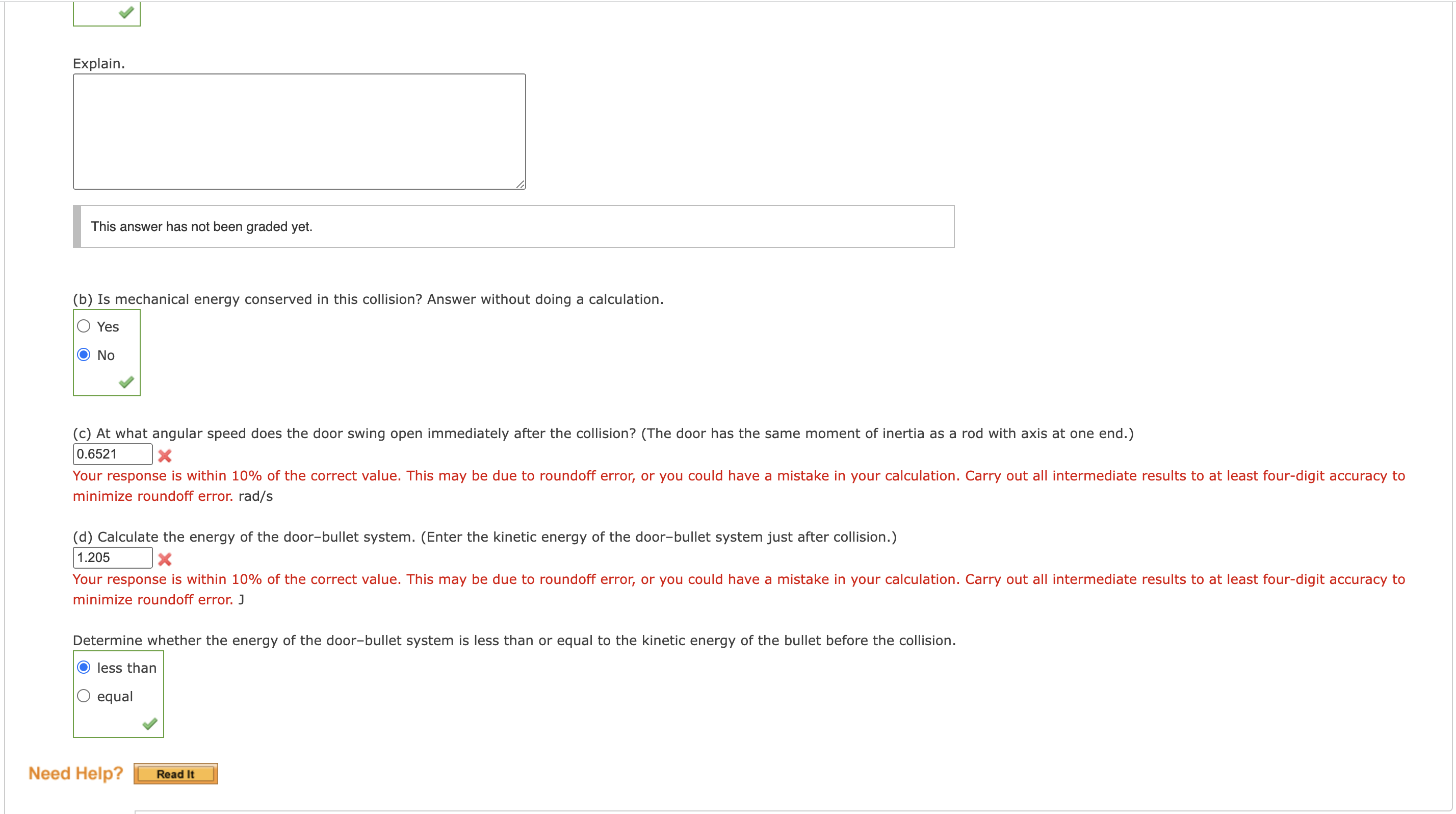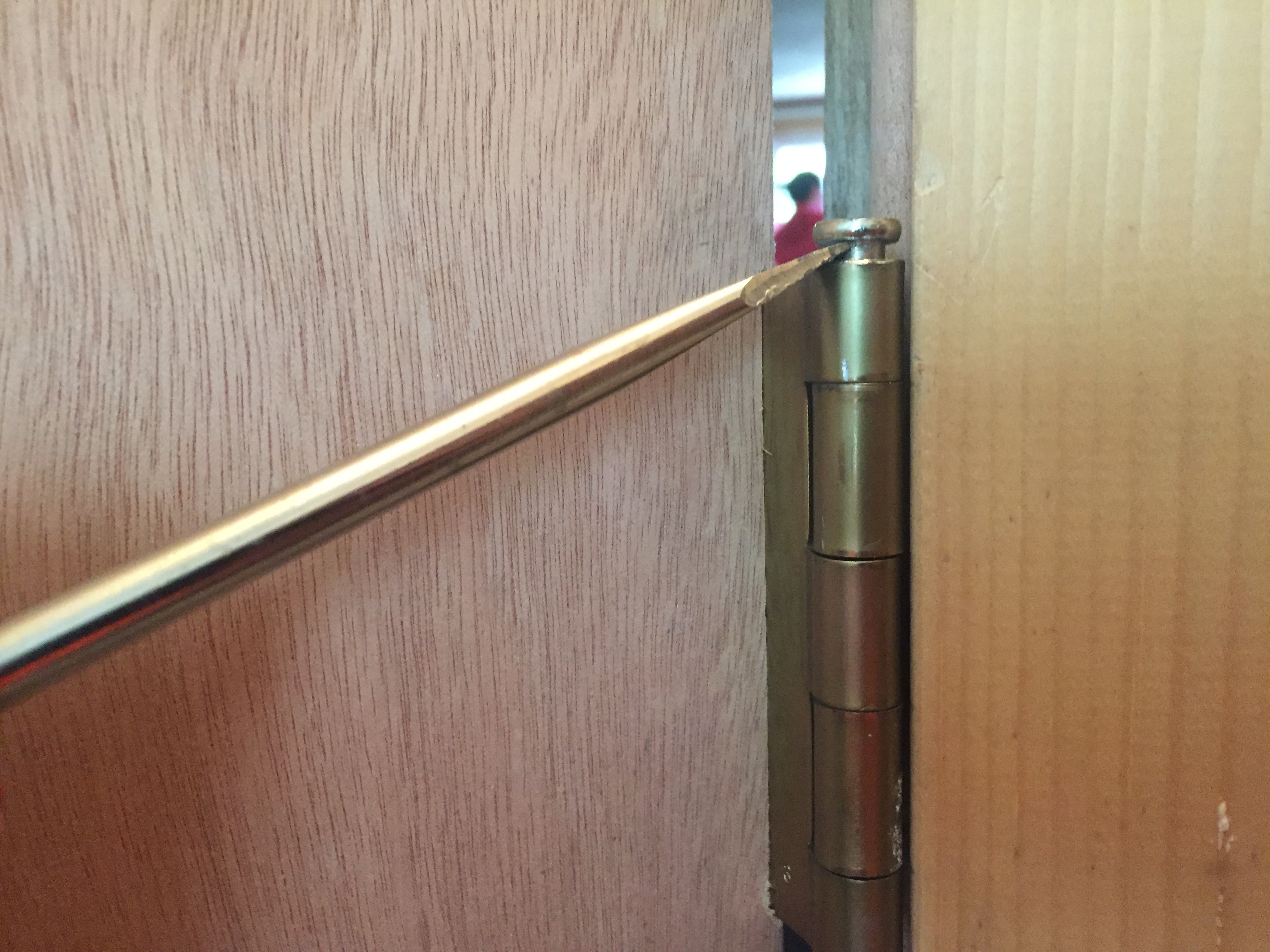Identifying the Cause of the Squeak
A squeaky bedroom door hinge can be a frustrating and annoying sound. To effectively address the problem, you need to understand what’s causing the squeak. The most common culprit is friction between the hinge parts, which can be due to a variety of factors.
Common Causes for Squeaky Door Hinges
The most common causes of squeaky bedroom door hinges are:
- Lack of Lubrication: Over time, the lubricant on the hinge pins and surfaces can dry out or wear away, causing metal-on-metal contact and squeaking.
- Dirt and Debris: Accumulation of dirt, dust, or other debris can impede smooth hinge movement and create friction, leading to squeaking.
- Loose Screws: If the screws holding the hinge to the door or door frame become loose, the hinge can move or wobble, creating a squeaking sound.
- Worn Hinge Parts: Over time, hinge parts can wear down, especially the pins and the hinge surfaces, resulting in increased friction and squeaking.
- Misaligned Hinge: If the hinge is not properly aligned, the door can rub against the frame, causing a squeaking sound.
Types of Hinges and Their Contribution to Squeaking
The type of hinge can also play a role in squeaking. Different hinge designs have different strengths and weaknesses.
- Butt Hinges: These are the most common type of hinge and are relatively simple in design. They can be prone to squeaking if not properly lubricated or if the hinge parts wear down.
- Ball Bearing Hinges: These hinges use ball bearings to reduce friction, making them quieter and smoother than butt hinges. However, they can still squeak if not properly maintained or if the ball bearings become damaged.
- Concealed Hinges: These hinges are hidden within the door and frame, providing a clean aesthetic. They are generally less prone to squeaking than other types of hinges, but they can still squeak if not properly lubricated or if the hinge parts wear down.
Age, Wear and Tear, and Environmental Conditions
The age of the hinge, the amount of use, and the environmental conditions can all contribute to squeaking.
- Age: As hinges age, their parts can wear down, leading to increased friction and squeaking.
- Wear and Tear: Frequent use can accelerate wear and tear on hinge parts, leading to squeaking.
- Environmental Conditions: Exposure to moisture, dust, or other environmental factors can accelerate wear and tear on hinge parts, leading to squeaking.
Solutions for Squeaky Hinges: Squeaky Bedroom Door Hinges
A squeaky door hinge is a common household annoyance. Fortunately, there are a number of solutions you can try to fix the problem. These solutions range from simple lubrication to replacing the hinges altogether.
Lubricating Door Hinges
Lubricating door hinges is the most common and easiest way to fix a squeaky hinge. The squeaking sound is usually caused by friction between the hinge parts. Applying lubricant reduces friction and eliminates the squeak. Here’s a step-by-step guide on how to lubricate door hinges:
- Gather your supplies: You’ll need a lubricant, a cloth, and a small brush or a screwdriver with a flat head.
- Choose a lubricant: There are many different types of lubricants that you can use for door hinges. Some popular options include:
- WD-40: This is a popular all-purpose lubricant that works well on door hinges. It’s easy to apply and dries quickly.
- Petroleum jelly: This is a thick lubricant that provides long-lasting lubrication. It’s also good for preventing rust.
- Silicone spray: This is a lightweight lubricant that is ideal for hinges that are exposed to the elements. It repels water and dust.
- Dry lubricant: This is a powder-based lubricant that is ideal for hinges that are exposed to dust or dirt. It won’t attract dirt or dust.
- Apply the lubricant: Once you’ve chosen a lubricant, apply it to the hinge pins. You can do this by using a cloth, a brush, or a screwdriver. If you’re using a cloth, make sure to apply the lubricant evenly to all surfaces of the hinge pins.
- Open and close the door: After applying the lubricant, open and close the door several times to distribute the lubricant evenly. This will also help to remove any excess lubricant.
- Wipe away excess lubricant: Once the lubricant has been distributed evenly, wipe away any excess lubricant with a cloth. This will help to prevent the lubricant from attracting dirt and dust.
Adjusting Door Hinges
If lubricating the hinges doesn’t fix the squeaking, you may need to adjust the hinges. This is because the hinges may be loose or misaligned, causing the door to rub against the frame. Here’s a step-by-step guide on how to adjust door hinges:
- Gather your supplies: You’ll need a screwdriver, a level, and a pencil.
- Locate the hinge screws: The hinge screws are located on the side of the door frame and the door itself. The screws on the door frame are typically larger than the screws on the door.
- Adjust the hinge screws: To adjust the hinges, you’ll need to tighten or loosen the hinge screws. If the door is rubbing against the frame, tighten the screws on the door frame. If the door is loose, tighten the screws on the door. You can use a level to ensure that the door is hanging straight.
- Test the door: After adjusting the hinges, test the door to see if the squeaking has stopped. If it has, you’re done. If not, you may need to adjust the hinges further.
Replacing Door Hinges
If the hinges are worn out or damaged, you may need to replace them. This is a more involved process than lubricating or adjusting the hinges, but it’s necessary if the hinges are beyond repair. Here’s a step-by-step guide on how to replace door hinges:
- Gather your supplies: You’ll need a screwdriver, a hammer, a pry bar, and new hinges. You may also need a drill if you’re replacing the hinges with different types of hinges.
- Remove the old hinges: Use a screwdriver to remove the screws holding the old hinges in place. You may need to use a pry bar to help remove the hinges if they are stuck. Once the hinges are removed, set them aside.
- Install the new hinges: Place the new hinges in the same location as the old hinges. Use a screwdriver to attach the new hinges to the door frame and the door. Make sure to tighten the screws securely.
- Test the door: After installing the new hinges, test the door to make sure that it opens and closes smoothly. If it does, you’re done. If not, you may need to adjust the hinges further.
Preventing Future Squeaking

You’ve tackled those pesky squeaky door hinges, but the battle isn’t over! Just like any other part of your home, your door hinges need regular maintenance to keep them running smoothly and squeak-free. Here’s how to prevent those annoying sounds from returning.
Regular Lubrication
Consistent lubrication is key to keeping your hinges in top shape. Think of it like oiling a car engine – it keeps the moving parts working smoothly and prevents wear and tear. Here’s a breakdown of how to do it right:
- Choose the right lubricant: Avoid using WD-40 for long-term lubrication. While it works in the short term, it can attract dust and dirt, ultimately making the squeaking worse. Opt for a dedicated door hinge lubricant, which is designed to stay put and resist dust buildup.
- Apply sparingly: A little goes a long way! Too much lubricant can attract dust and dirt, defeating the purpose. Apply a few drops to each hinge pin, making sure to distribute it evenly.
- Regular maintenance: Lubricate your hinges every 3-6 months, or more often if you live in a dusty environment.
High-Quality Hinges
The quality of your hinges plays a significant role in their longevity and resistance to squeaking. Investing in high-quality hinges, especially for frequently used doors, can save you headaches (and squeaking) in the long run.
- Material Matters: Hinges made from durable materials like brass or stainless steel are more resistant to wear and tear. They are less likely to rust or corrode, ensuring a longer lifespan and smoother operation.
- Bearing Type: Hinges with ball bearings offer smoother movement and reduced friction, leading to less wear and tear and a quieter operation.
- Construction: Look for hinges with a solid construction, with well-fitting pins and plates. This ensures they can withstand regular use and resist loosening over time.
Early Detection and Prevention, Squeaky bedroom door hinges
Catching squeaking issues early can prevent them from becoming major problems. Here’s how to be proactive:
- Listen Closely: Pay attention to any subtle squeaking or creaking sounds. These are early signs that the hinges need lubrication or attention.
- Visual Inspection: Regularly check your hinges for signs of wear and tear, like loose screws, rust, or misalignment.
- Proper Door Usage: Avoid slamming doors, as this puts unnecessary stress on the hinges and can accelerate wear and tear.


